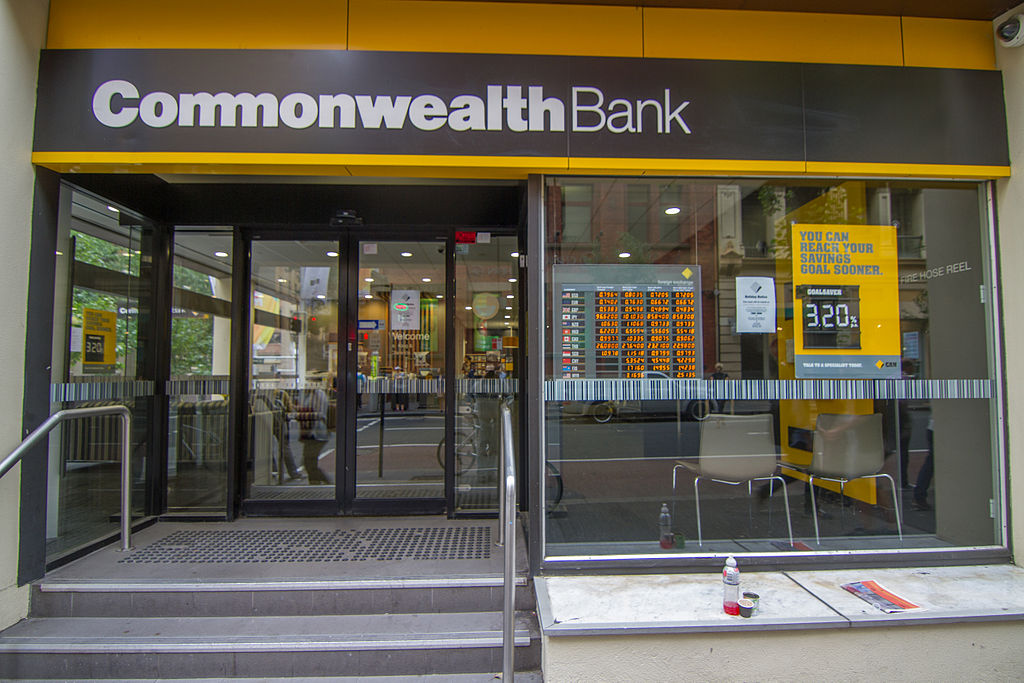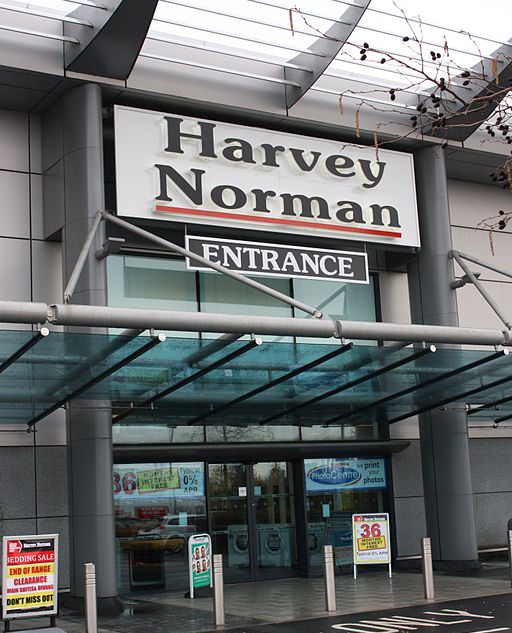
How Commonwealth Bank became one of the ‘big four’ in Australia
Commonwealth Bank (also known as CBA or Commbank) is a multinational Australian bank that has a foothold in Asia, America, Europe, and more. It is known for providing a wide range of different financial services, namely insurance, superannuation, funds management, investment and brokerage. It is one of the largest companies in Australia and is part of the ‘big four’ list of Banks in Australia (the others being ANZ, Westpac, and National Australia Bank or NAB).
It was first founded in 1911 by the government of Australia but was privatised fully in 1996. It was listed on the ASX in 1991.
The bank was established via the Commonwealth Bank Act of 1911, which was created by the Labor Government under Andrew Fisher. The bank was to handle both general bank business and savings, which was considered a rare move at the time. It was the first bank in Australian history to get a guarantee from the federal government.
The first branch was opened in Melbourne in 1912, and it traded through Australia Post offices in an agreement that has persisted for over 100 years. It has branches in all Australian states by 1913. In 1916 the head office was moved back to Sydney.
Over the many years that CBA has been in operation, millions of Australians have used the banking infrastructure in personal and professional pursuits. It is one of the most recognisable institutions across Australia.
However, it has also been the subject of many controversies. It has had employees engaged in unethical and illegal conduct, with there being a famous Ponzi scheme internally at one point. They were also one of the chief institutions under investigation by the Banking Royal Commission that discovered a ‘toxic culture’ within the bank.









